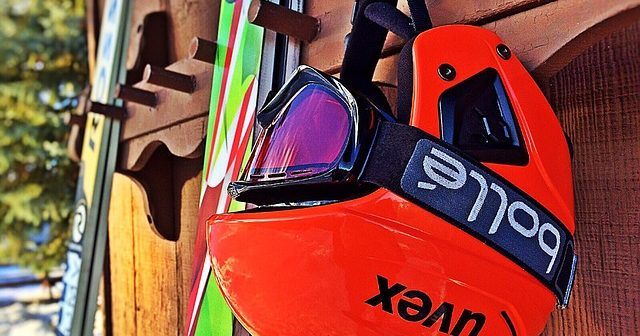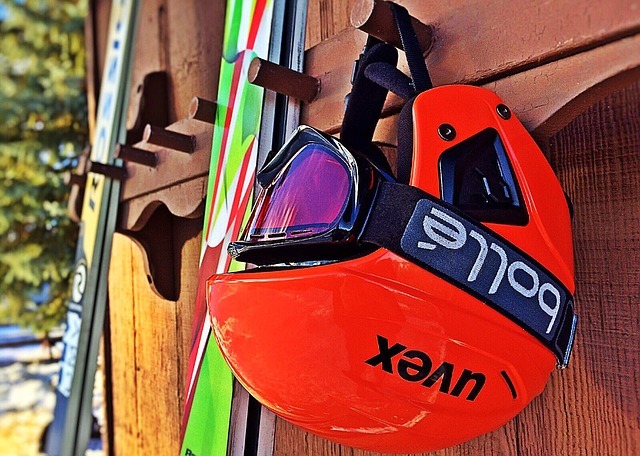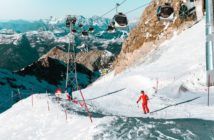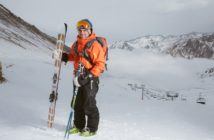You’re preparing for a fun, exciting ski trip with family and friends. You’ve packed your skis, booked your room at the resort, and stocked up on snacks for the drive.
But before you hit the slopes, you have to take one more safety step: measuring yourself and your family for a ski helmet.
Do You Really Need A Ski Helmet?
Everybody knows that a helmet is necessary to remain safe during some physical activities, such as riding a bike or motorcycle or playing contact sports like football.
But people talk less often about the need for a ski helmet, and many ski resorts don’t even require you to wear a helmet, which may lead you to believe that skiing without one is fine.
However, when you go skiing or snowboarding, you are at risk of a serious head injury just the same as when riding a bike.
A helmet may not keep you from hitting your head, but it will have a large effect on how severe your head injury can be. Helmets assist in spreading out and absorbing the shock wave of impact, reducing your chances of a fractured skull or facial lacerations – while also allowing the fun to continue.
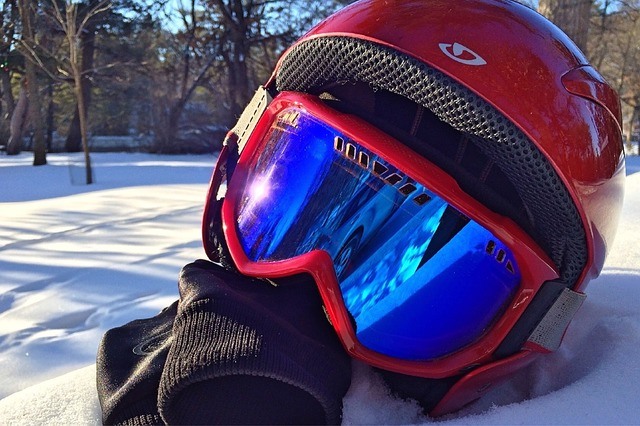
There is a myth going around that ski helmets negatively affect your ability to see or hear while you ski, but this is untrue.
The safety benefits of wearing a ski helmet (whether it’s an adult’s or a toddler’s ski helmet) far outweigh any effect the helmet could have on your senses!
How to Measure Head Size for Ski Helmet
The measuring system is the same for a woman’s ski helmet or a man’s ski helmet, so there’s no worry of needing to convert sizes like you may have to with shoes.
Pick up a roll of soft measuring tape and wrap it around your head, about one inch above your eyebrows and ears. Most ski helmets are sized in centimeters instead of inches, so be sure to use a measuring tape that incorporates centimeters.
If you don’t have a soft tape measure handy, use a piece of string instead. Wrap the string around your head about an inch above your eyebrows and ears, mark the string where it comes together again with a marker. Then, use a ruler or smartphone app to measure the length of the string.
After this, use the measurement to determine the right ski helmet size for you. As an example, a small ski helmet is between 52 and 55.5 centimeters, a medium ski helmet is between 55.5 and 59 centimeters, and a large ski helmet is between 62.5 and 65 centimeters.
There are other ski helmet sizes available beyond these three, but may require you to buy them specially, as they are considered ‘custom.’
After you’ve chosen a helmet, try it on and see how it feels. You don’t want any excess space around your head, and should instead find a snug helmet that does not hurt or squeeze your head.
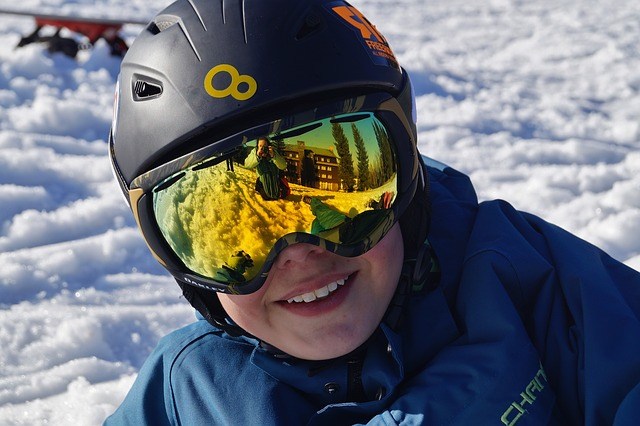
Shake your noggin’ around and see if the helmet moves on its own. If it does, it’s too big, so try a size smaller.
Make sure that everyone you are skiing with gets measured for a helmet before you hit the slopes. This includes children, all the way to toddler age.
There are helmets of all sizes, including kid’s ski helmets, and it is good to start teaching your children about safety early, so they continue to wear a helmet when needed throughout their life!
What Else Should I Keep In Mind for a Ski Helmet Measurement?
When the strap is fastened, the helmet should not tilt from side to side. A too-loose helmet will not help keep you safe!
With that in mind, it’s unwise to try and fit a hat under your ski helmet, as the fabric could cause your helmet to slip. If you’re concerned about warmth, then don’t worry – most helmets have insulation built-in.
When sizing helmets for your kids, avoid giving them one with “room to grow”, since a helmet needs to fit snugly!
If your friends or kids are resisting the helmet, because they don’t think they’ll get hurt, tell them there are other benefits as well. Ski helmets keep the sun out of your eyes and the snow from your face; they can help hold your goggles in place, and can help keep your head nice and warm as you play in the snow!
You can also add stickers or paint to your helmets as decoration, to create a more appealing piece of headgear. Try putting your child’s favorite movie character on the side of their helmet, and see how quickly they decide they want it after all!
Here’s a video showing an example of the measurement process.
Now that you know how to measure for a ski helmet, you’re ready to hit the slopes for a safe and fun adventure!
Do you have any tips for getting a ski helmet measurement?

